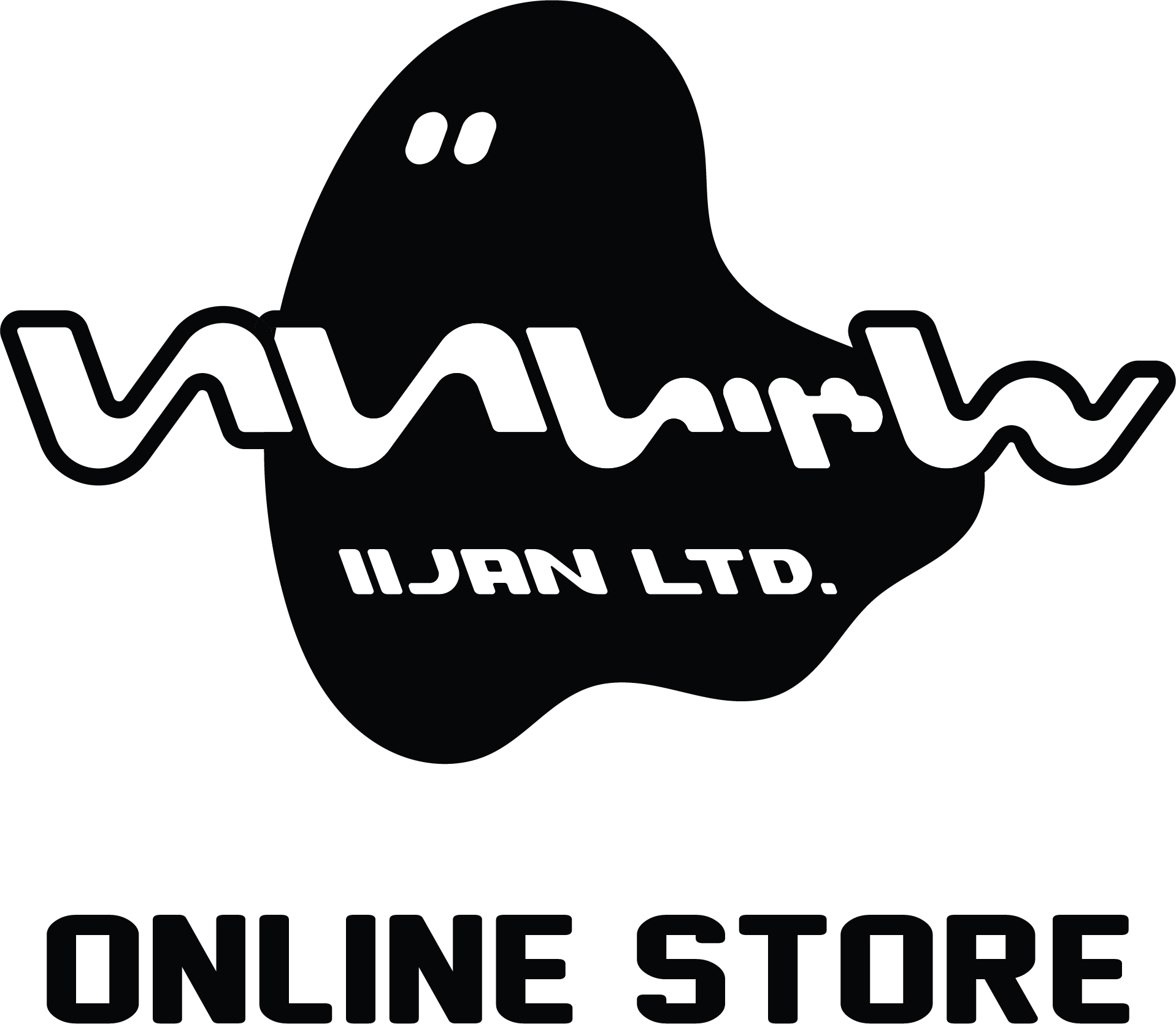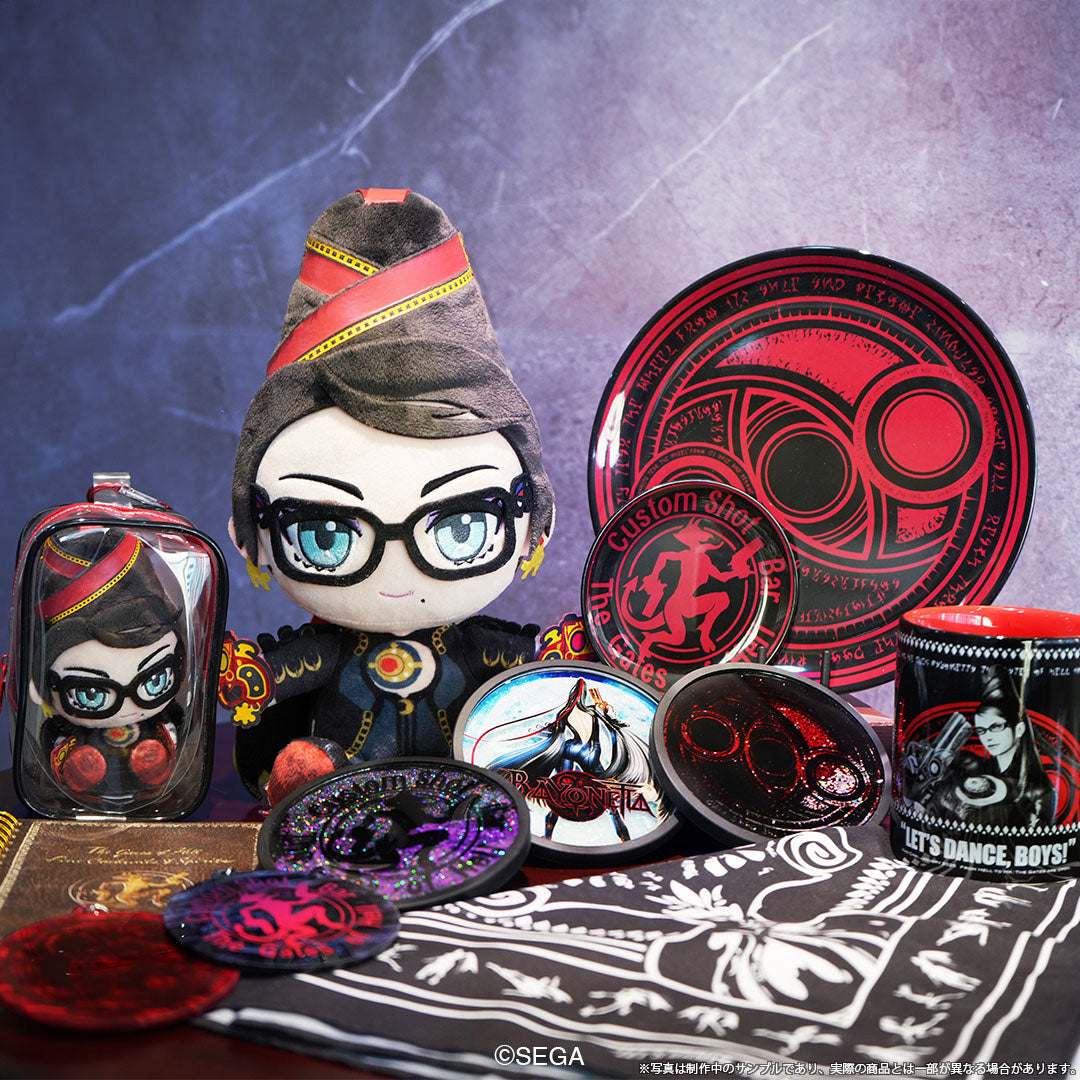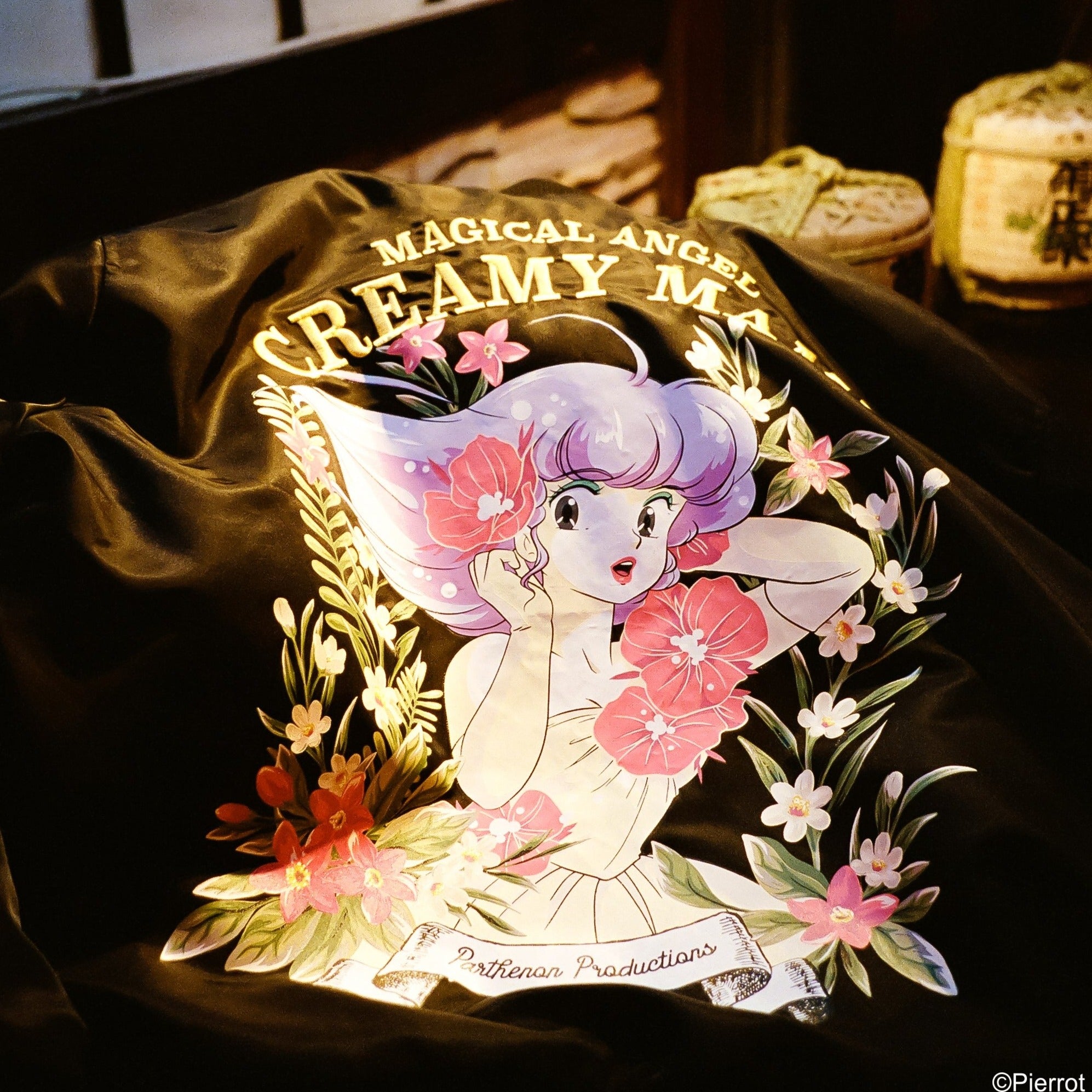【Furusato P (Producer) Anime Path】Episode 11: "The Release of Cyber SAGA Volume 1!! ~ Harumi Comiket and Sun Tzu's Art of War?"
Amidst our daily hustle, the release date for Volume 1 of the OVA "Future GPX Cyber Formula SAGA" was finally approaching. Back then, the formats available were "VHS" and "LaserDisc (LD)." That's right—there were no "DVDs," "Blu-rays (BD)," or "streaming" options like we have in 2024.
Interestingly, the majority of the sales for "Cyber Formula SAGA" were in the "VHS" format. While most OVA titles aimed at anime enthusiasts sold more in "LD," "Cyber Formula" was an exception.
*Note: The media used by Pioneer’s LaserDisc players were commonly referred to as "LD." Although LD offered better image quality compared to VHS tapes, the discs were notably larger.
*Note: VHS refers to a recording and playback machine (deck) that adheres to a standard created by Victor (JVC). Panasonic, Hitachi, and others also adopted this format, making it widespread globally. Sony, on the other hand, had a recording and playback machine (deck) under the Betamax standard, which later evolved into professional equipment.
One reason for this could be attributed to the gender ratio of the customer base. Works with a larger female fanbase tended to sell more VHS tapes. This was because, at the time, women were more likely to own VHS decks, which were widely popular, whereas LaserDisc players were considered niche items and less commonly owned by women.
I asked VAP about the number of copies sold per volume for "11" and "ZERO." I also inquired about the gender ratio, which turned out to be roughly '80% female: 20% male' for "11" and '70% female: 30% male' for "ZERO." Clearly, the series was strongly supported by its female fans, for which we are very grateful.
However, I began to notice a gradual change in the gender ratio of our audience. Given that "SAGA" had a different dramatic flavor compared to previous installments, I had a hunch that the number of male fans might increase. Around that time, Aoshima approached us with the idea of releasing a hobby product called "Techno Four-Wheel Drive," modeled after the cars from the "Cyber Formula" series, similar to Mini 4WD. This seemed like a very positive development to me. Our collaboration with Aoshima eventually led to the creation of plastic models.
As pre-orders for the first volume of "SAGA" began, we determined the initial production numbers. As expected, the gender ratio had shifted to '60% female: 40% male.' The TV series was primarily targeted at boys, with tie-ins to boys' toys. By the time "SAGA" was released, 5-6 years had passed since the TV series ended, so I wondered if those young boys, now older, had returned to the series.
Indeed, I started hearing voices from male fans in their twenties. Many expressed that they had been following and supporting the series since its early days. It seemed that rather than returning, these male fans had remained loyal all along.
Upon further investigation, I found that over the years, many female fans had moved on, while the male fans had remained, filling the gap left by the departing female audience. This made the remaining male fans more noticeable. Considering this, we decided it might be worthwhile to create products that catered to male fans, such as plastic models and, in the near future, video games.
For our female fans, we continued to work diligently on product development. Around this time, Movic proposed new product ideas to be sold in Animate stores. This brings us back to Hagiwara from Movic, whom I mentioned in a previous episode. I trusted Hagiwara's data (which products appeal to which customers) and intuition (which I consider very important).
We also received proposals for mook books. Rather than focusing on stories and new illustrations, these books centered on the machines and race regulations. Frankly, since we had already released numerous mook books, we needed to change things up a bit to keep our customers interested.
In the winter of 1995, after becoming the producer in charge of "Cyber Formula," I attended the last Comiket held in Harumi.
I walked around extensively to find the "Cyber Formula" doujinshi corner. Outside, people were cosplaying as characters from "Sailor Moon," walking around freely in the corridors and other areas. There were also many cosplayers dressed as Heero and Duo from "Mobile Suit Gundam Wing(hereafter "Gundam Wing")." I saw people cosplaying as Lum from "Urusei Yatsura," and even a Lum cosplayer carrying a baby dressed as Ten. There were also many cosplayers from "The Five Star Stories." Since it was my first time attending Comiket, I found everything fascinating and was amazed by the enthusiasm of anime fans.
Inside the venue, the doujinshi corners for "Neon Genesis Evangelion" (hereafter "Evangelion") and "Gundam Wing" were extremely crowded. It was so packed that it was impossible to pass through those areas. I had to take a detour to reach the "Cyber Formula" booth, and if I let my guard down, I'd be swept away by the crowd.
After navigating through various twists and turns, I finally found the "Cyber Formula" doujinshi booth.
Curious about the types of doujinshi available, I wandered around. To be honest, I was the only male customer there. Perhaps because of this, the sellers seemed very welcoming and kind. Or maybe they were just amused by the novelty of my presence (laughs). I bought a few doujinshi.
Next, I stood in a spot where I could observe the sellers and customers for about an hour. I must have looked quite suspicious. However, I wanted to see the faces of the customers—their gender, age, fashion, whether they came alone or in groups, how many doujinshi they bought, and so on. I wanted to turn this information into data.
Sun Tzu said, “If you know the enemy and know yourself, you need not fear the result of a hundred battles.” In business terms, this means knowing your "customers" and understanding your own strengths. Gathering this information is key to success.
In the context of "SAGA," the crucial aspect of getting people to buy the OVA is understanding the "Cyber Formula" fans. Our strength lies in trusting Fukuda and the rest of the staff to earnestly create "SAGA."
Therefore, the key task for me is to understand the "Cyber Formula" fans. To do this, I wanted to see the fans in person, in real life.
After observing for about an hour, I noticed something interesting. During conversations between customers and sellers, I heard things like, "The person who drew doujinshi for '〇〇' is now drawing for 'Slam Dunk'," or "They've switched to 'Gundam Wing'." So, it became evident that the creators and even the customers themselves had moved on from "Cyber Formula" to other works. It seemed like they were gravitating toward works with similar nuances, such as sports or youth themes. Additionally, I realized that some of the voice actors from "Cyber Formula" were also in "Gundam Wing." This made me understand that some fans follow the voice actors across different works.
Subsequent Comikets were held at Big Sight. Reflecting back, I found the free-spirited atmosphere of Harumi quite pleasant, even though I had only attended once.
Volume 1 is release on 1st of august, 1996. The awaited day arrived. We received surveys for Volume 1, which I read through. There were harsh criticisms as well as many positive opinions and impressions. This helped us further understand our fans. However, I also began to realize that merely catering too closely to fans isn't always beneficial. We need to ensure that the stories we create are always 'a step and a half' ahead of what our audience expects. Being two or three steps ahead might confuse them, and staying put ('walking in place') without progressing the story is also unacceptable. Being just 'a step' ahead might be too predictable.
I learned about this 'step and a half' concept from a senior at Sunrise when I was in my twenties. "It's not just a step, but a step and a half. That 'half' is crucial!" They emphasized the importance of this delicate balance. We need to align somewhat with what the audience is thinking but also pleasantly surprise them, proving our professionalism. This delicate balance is something we learn through experience.
Moreover, as professionals, our creators need to showcase their 'skills.' The audience buys and watches our work because of these skills and offers their praise.
In conclusion, the principles of Sun Tzu's "The Art of War" are applicable to anime production, product development, marketing, and more. Although originally conceived for ancient warfare in China, these principles are relevant in business and greatly applicable to my work.
For those interested, there are many modern translations of "The Art of War" available in bookstores. I encourage you to read them.
P.S.:
I've also started the YouTube channel "Furusato P Anime Road" today, so please make sure to subscribe and check it out.
🔻Here is the link
https://www.youtube.com/channel/UC_jrvVljSFUhGmxpCvYuq5A
🔻Furusato P Photo Album: This Week's Photo
Naotake Furusato
Born on May 3, 1961, in Aomori Prefecture, Japan, began his career in the anime industry in 1982 as a production assistant at Nippon Animation. By 1985, he was working as a production assistant on Studio Ghibli's "Castle in the Sky." In 1987, he joined Sunrise, where he contributed as a production progress staff, setting creator, production desk, and assistant producer (AP) on projects like "Mister Ajikko" and the "Brave Series." He was promoted to producer starting with "Future GPX Cyber Formula SAGA" and went on to plan and produce 14 original animation titles, including "Outlaw Star," "GEAR Fighter Dendoh," "Go! Machine Robo Rescue," "Mai-HiME," and "Mai-Otome."
In February 2011, Furusato established his own planning company, Odd Eye Creative, Inc. He served as planner and producer for series such as "Phi Brain: Puzzle of God" and "Cross Ange: Rondo of Angels and Dragons." He also assisted in planning "Revue Starlight" and participated as an associate producer on "Grendizer U." Currently, he is involved in the gaming sector and is preparing new projects.






Leave a comment
This site is protected by hCaptcha and the hCaptcha Privacy Policy and Terms of Service apply.